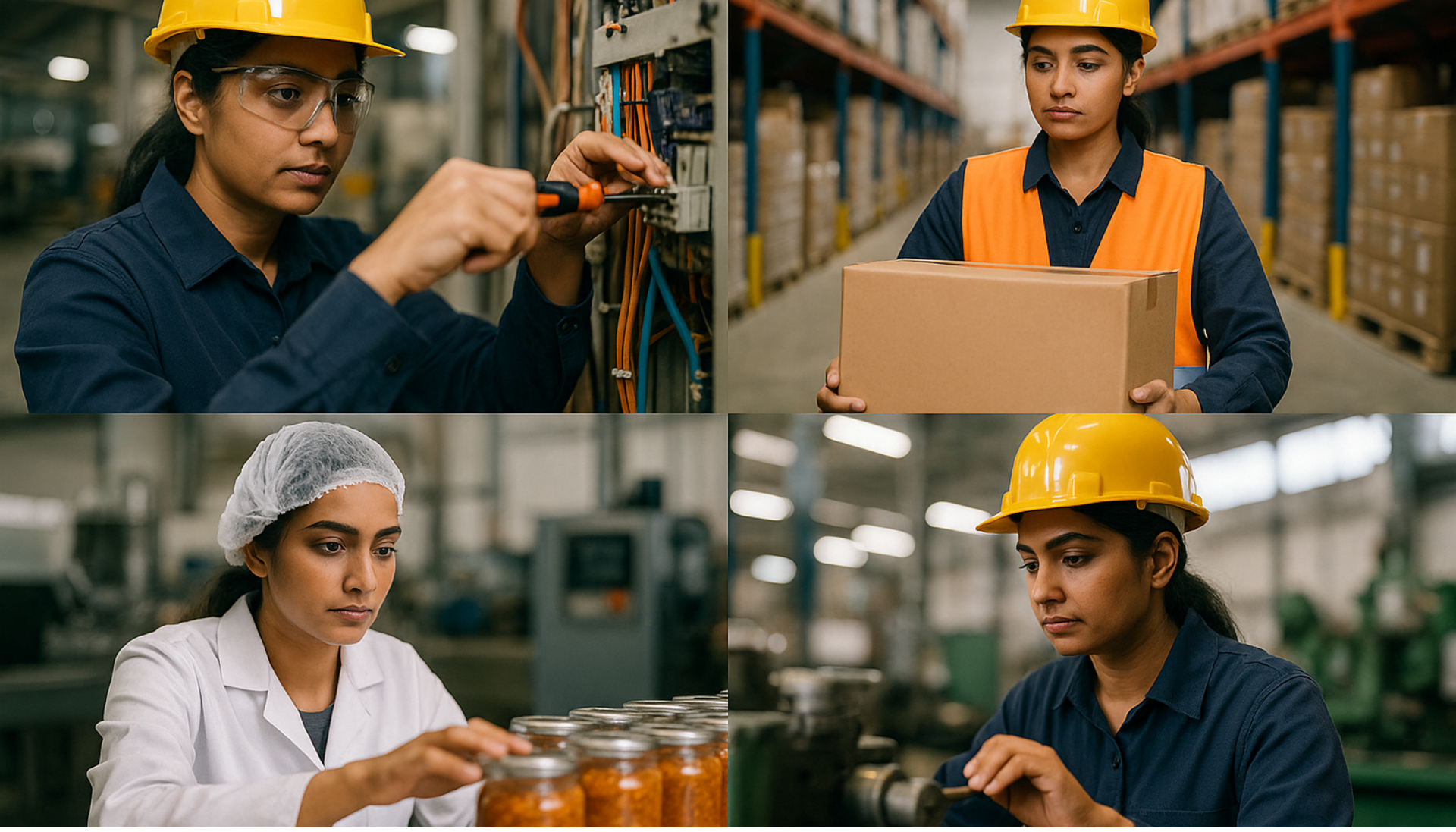Is Vertical Farming the Sustainable Approach?

It has been estimated that in the next 3 to 4 decades we will need to produce more food than ever before, therefore other more sustainable forms of production are essential to humanity. This is due to our growing global population, with the estimated human population to be 8.6 billion by 2030 and 9.8 billion in 2050. This is beginning to put pressure on our food sources, with more sustainable sources becoming a necessity. The population is also becoming wealthier with greater disposable income, with this comes a higher demand for food as people consume more, this demand tends to be for food which is more resource intensive like meat and dairy.
What is vertical farming?
It is the practice of growing produce in vertically stacked layers. It provides the opportunity to grow produce in areas where arable land is scarce, or the environment is not conducive to farming.
Vertical farming applies itself to a soil-based method, hydroponics or aeroponics with most vertical farms using enclosed structures, like that of greenhouses. The stacking of the product can be directly on top of each other or staggered to allow for better natural light exposure.
The growing verdict on vertical farming
To give you an idea of our current situation to outline the stress we are putting on our ecosystem and food sources with current farming methods. Agriculture uses around 70% of all fresh water, produces around a third of all GHG emissions and around 69% of agricultural land is degraded. If demand for food continues along its current trend by 2050 we would need 120% more water, 42% more arable farmland, increase deforestation by 14% and produce about 77% more GHG emissions. Therefore, we need to use any technology available to create a more sustainable process. This is why Vertical farming holds some promise as it can offer the potential to utilise technology to disrupt an important area in food production. It will allow producers to produce food and vegetables in an environment otherwise not suitable and produce all year round.
Like with any developing concept, there are question marks. It is yet to be proven whether Vertical Farming will be able to produce a commercially viable model for food plant products. They will need to develop a case for farmers to produce plants as a living, there is a debate as to whether this would present itself through more niche products that are produced efficiently and locally, or whether it will be bigger production units in more urbanised settings. Questions have also been asked about the overall green impact of Vertical Farming, due to their reliance on producing artificial light in the process, it will produce substantially bigger electricity bills in comparison.
Vertical Farming as a concept being implemented in wider diverse markets is still very much in its infancy. These questions are expected to be asked now. Overall, we must use technology to develop more sustainable farming procedures if we have any chance of coping with our growing wealthier population.
If you’re looking at moving into this area or use the more widely known food production methods, Recruit Mint Industrial specialises in supplying staff into these areas. If you have any requirements, please don’t hesitate to call us on 01733 802500 or submit your vacancy. Alternatively, if you are looking for a new role, we provide the best job search tool available in Peterborough – why not take a look?











